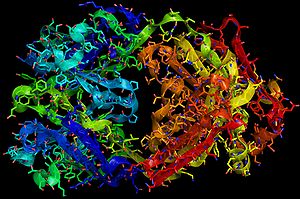Strategically, when everybody zigs it makes sense to zag
John Quelch, Harvard Business School
Yesterday, I was scanning my Google Reader for information on 'Marketing and Recession' and came across an HBR Working Knowledge article by Prof. John Quelch entitled, "Marketing your way through a recession". In it, he cogently argues the following:
research budget, you need to know more than ever how consumers are
redefining value and responding to the recession. Price elasticity
curves are changing. Consumers take more time searching for durable
goods and negotiate harder at the point of sale. They are more willing
to postpone purchases, trade down, or buy less. Must-have features of
yesterday are today's can-live-withouts. Trusted brands are especially
valued and they can still launch new products successfully, but
interest in new brands and new categories fades. Conspicuous
consumption becomes less prevalent.
In other words, there are still opportunities if companies are bold enough to grab them. Know thy customer is never a truer altruism than when times are hard.
Something else caught me eye in the same article. Quelch went on to say (emphasis in italics mine):
cut advertising. It is well documented that brands that increase
advertising during a recession, when competitors are cutting back, can
improve market share and return on investment at lower cost than during
good economic times.
Well, that got my attention in a month when two big pharma companies (Pfizer and Novartis) announced job losses on top of those previously announced by GSK, Merck, Schering Plough and others. September and October are also the months when Finance Departments traditionally love to cut marketing budgets. If the monies haven't been spent or committed, tough, never mind that there are a number of important scientific conferences coming up that offer great opportunities for announcing new data, PR activity, medical education, symposia/spin-offs and such like for the bold ones able to maximise the opportunities for growing market share into 2009.
Perhaps the Finance Directors would do well to heed the sage advice of Oliver Wendell Holmes:

![Reblog this post [with Zemanta]](http://img.zemanta.com/reblog_e.png?x-id=4b078f04-3794-497e-b9e1-2ff4748e3e01)
![Reblog this post [with Zemanta]](http://img.zemanta.com/reblog_e.png?x-id=01d611bf-3feb-47f4-a6a1-a1d356339455)